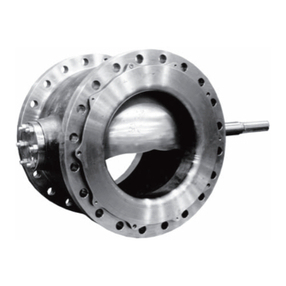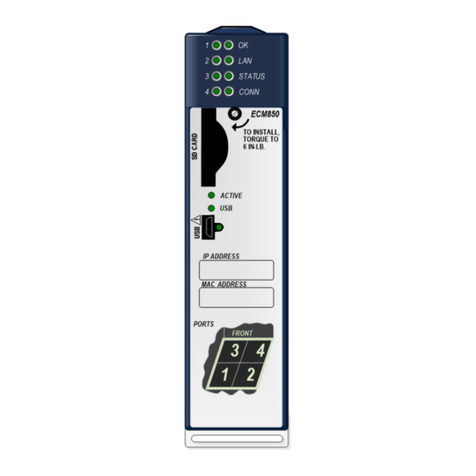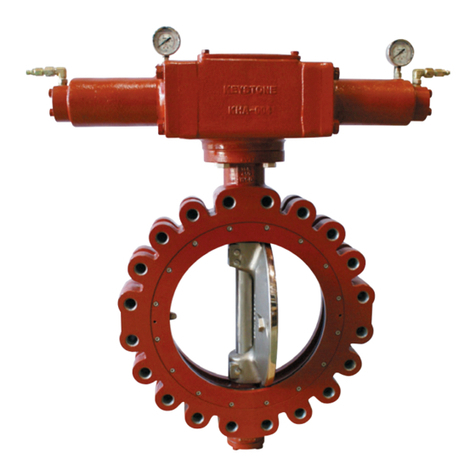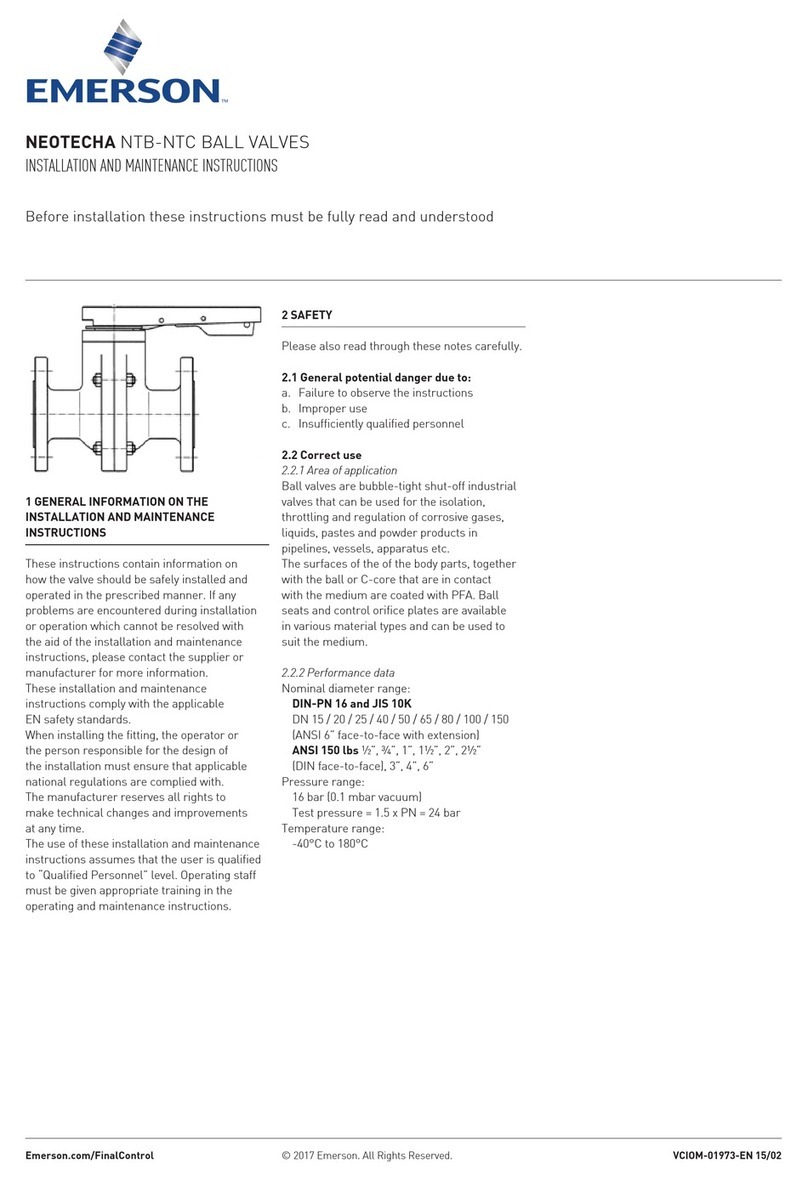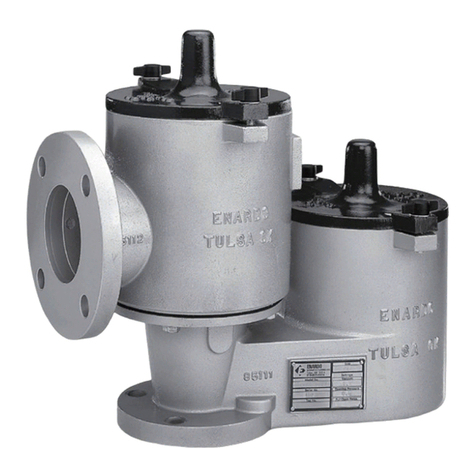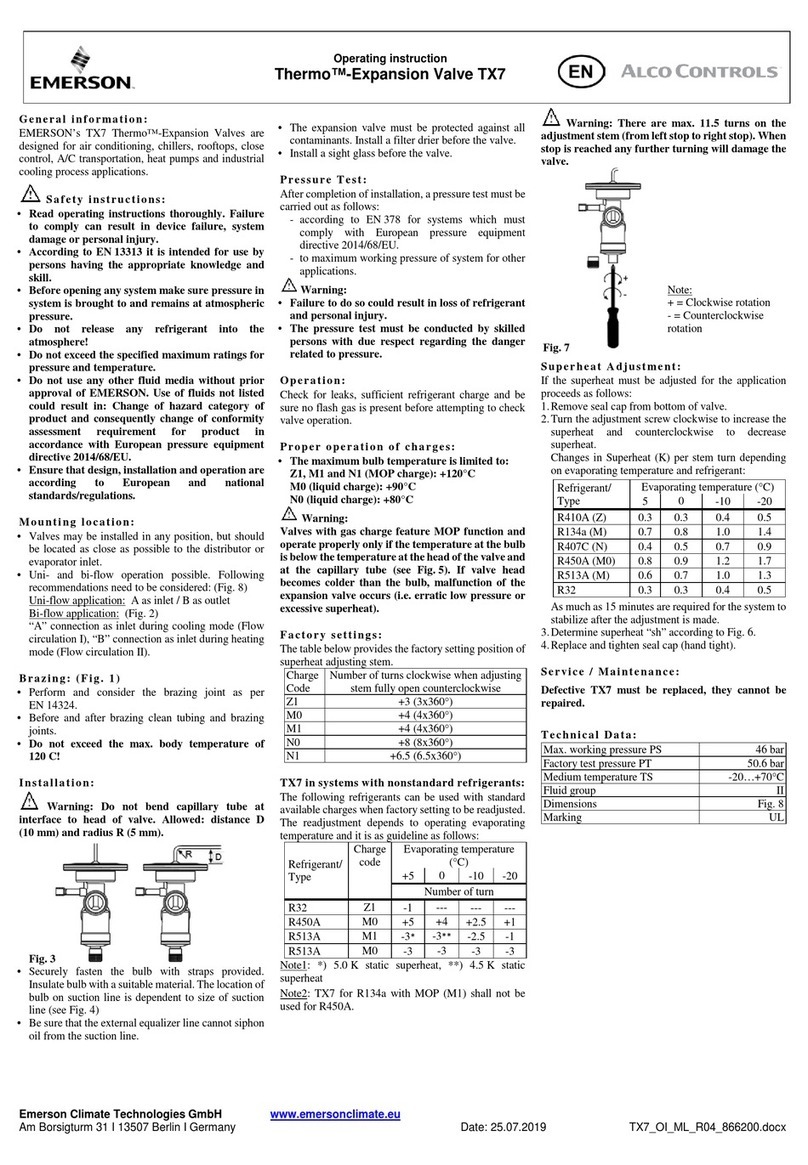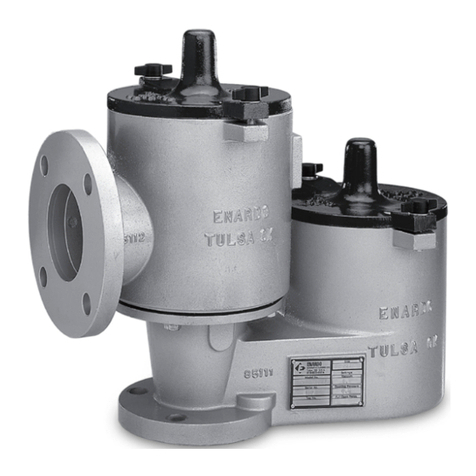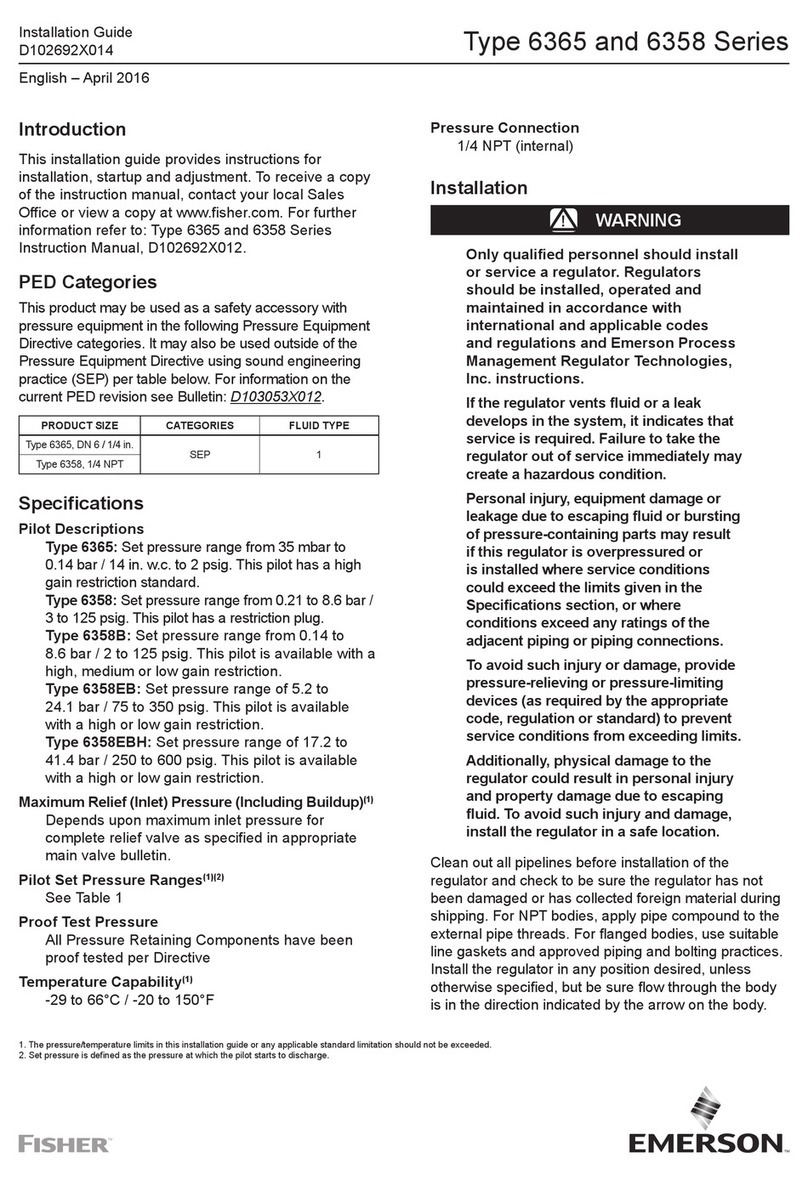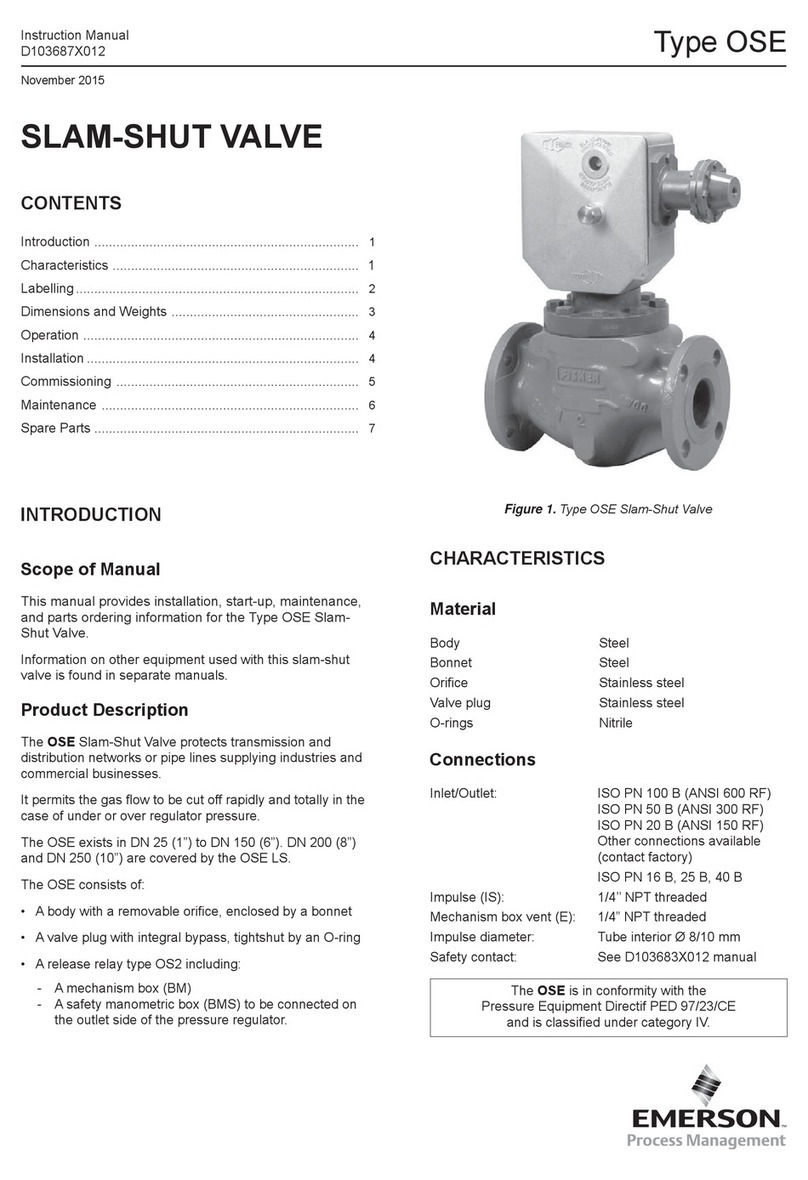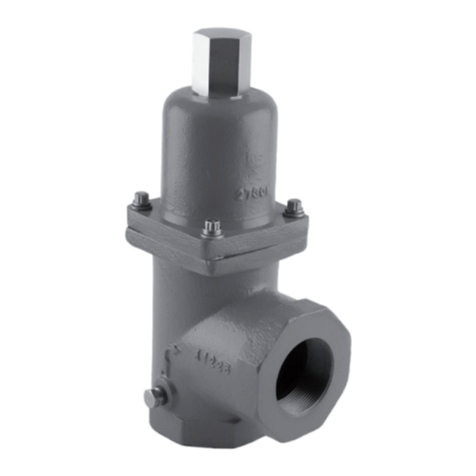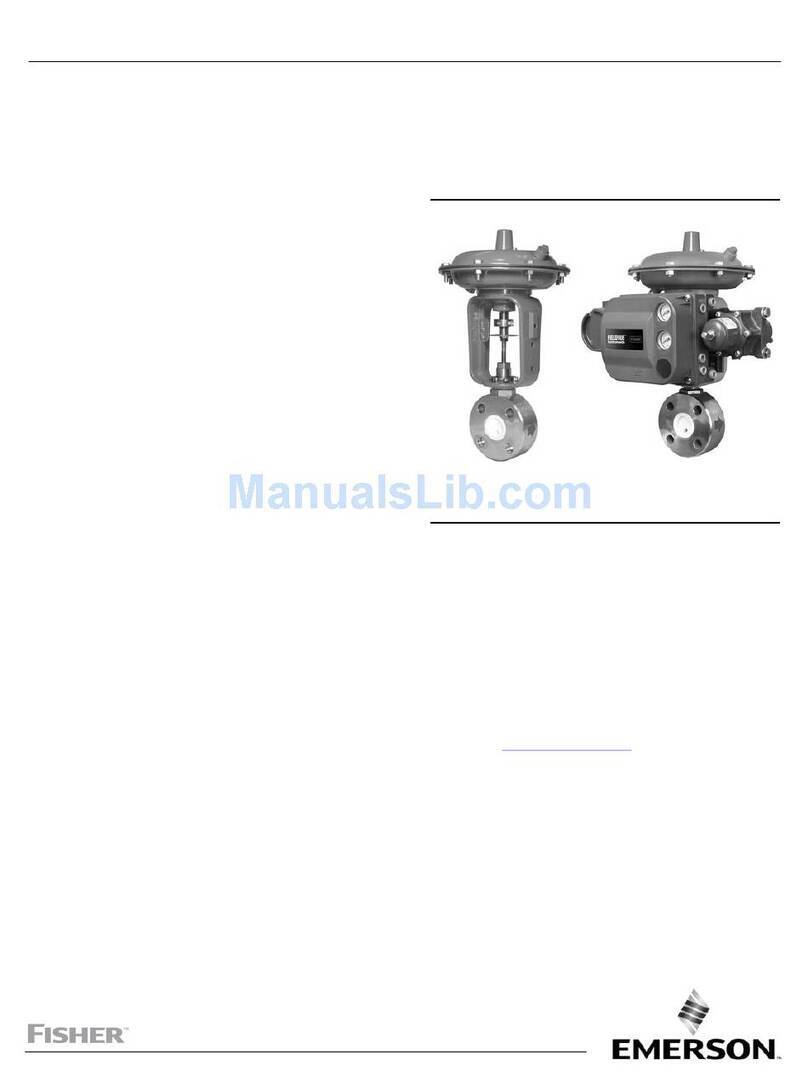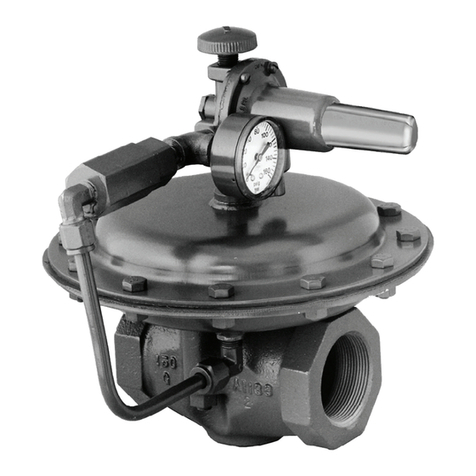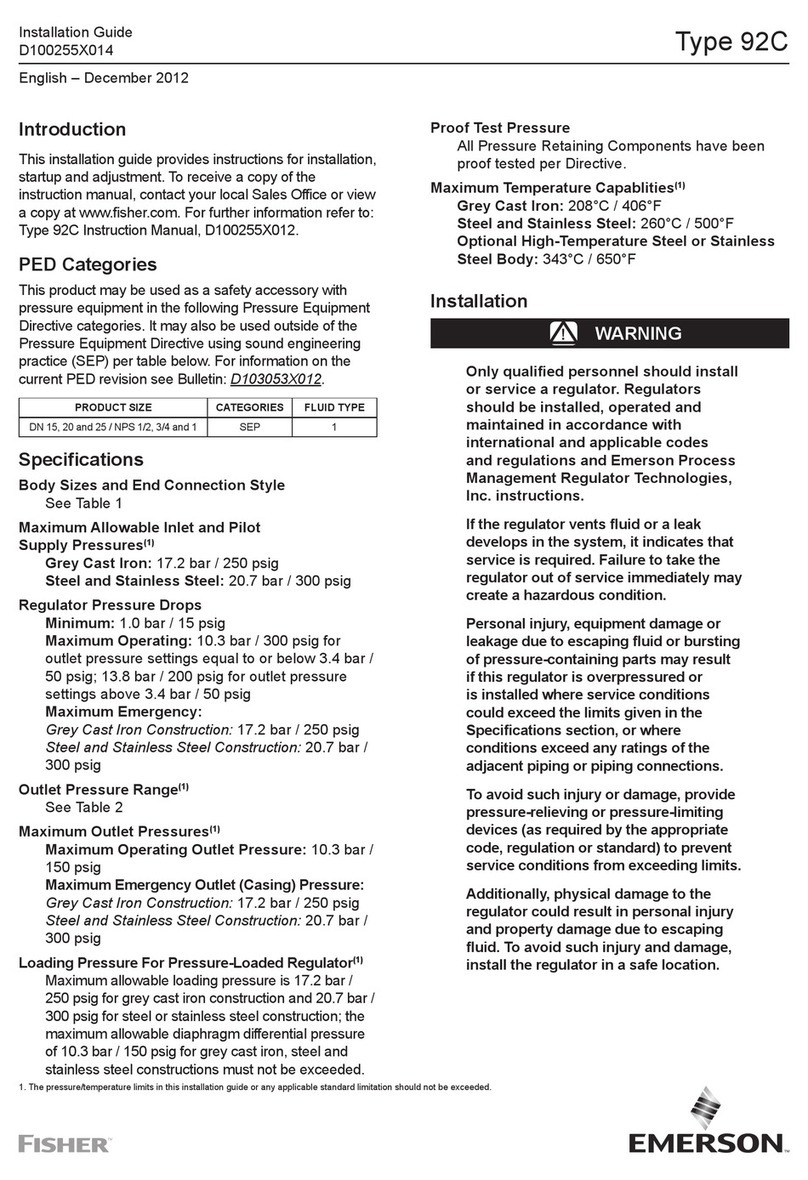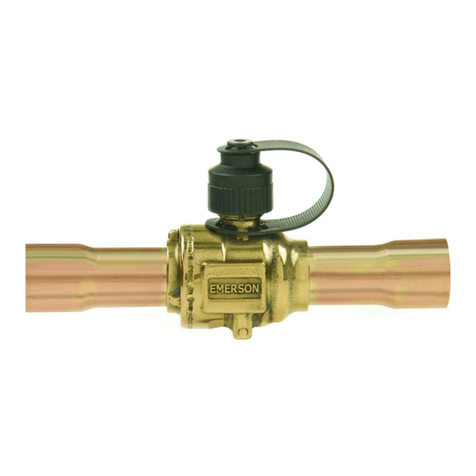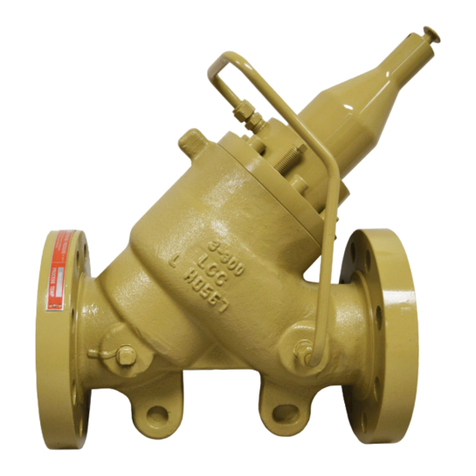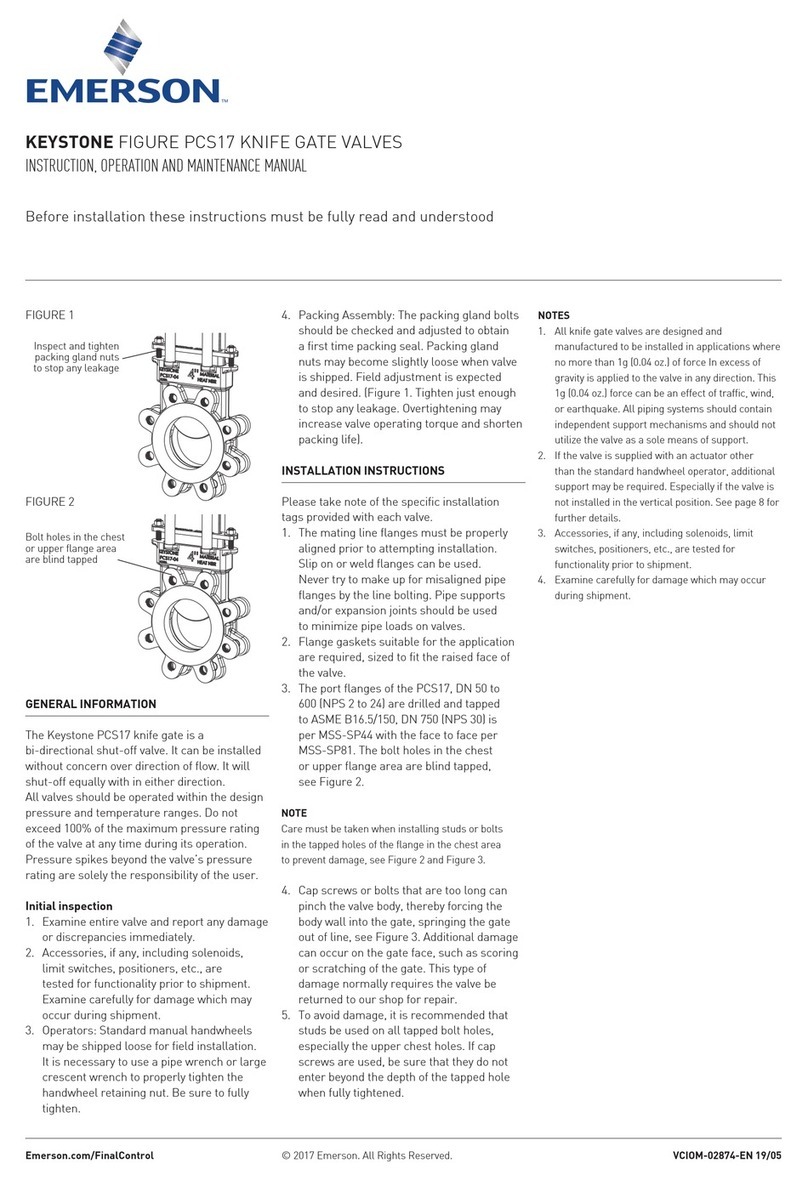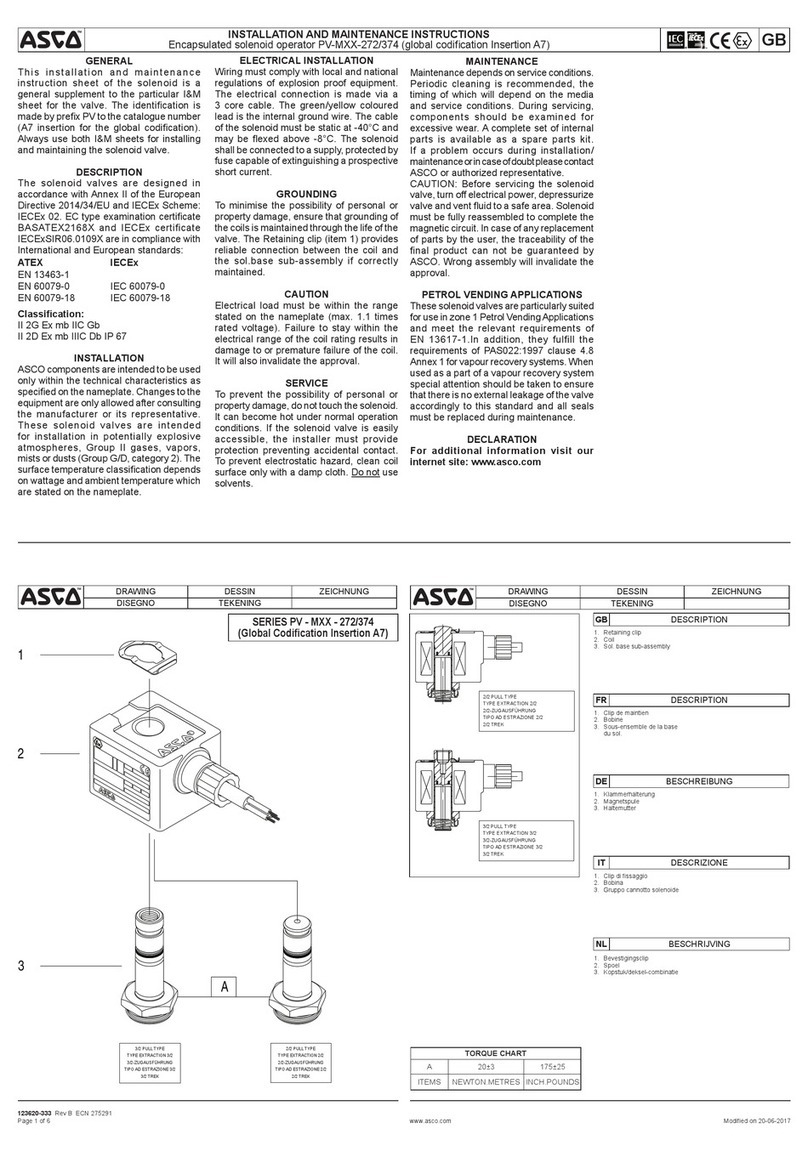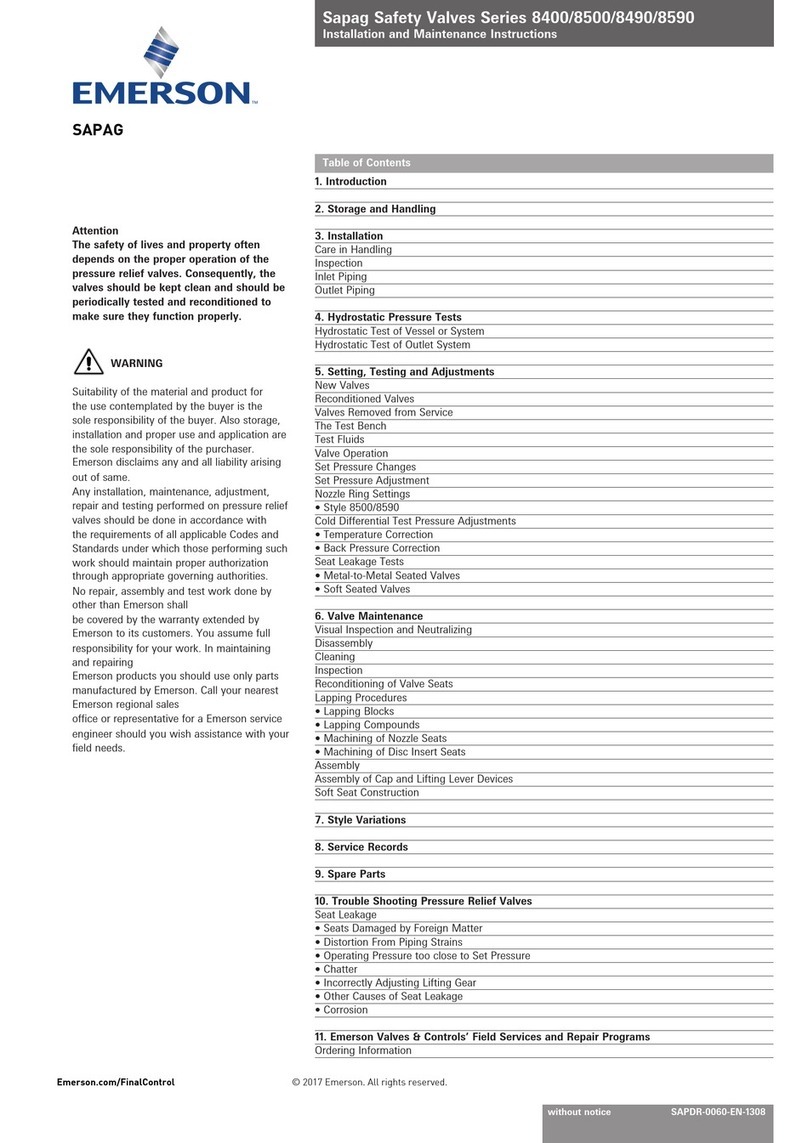
NotchFlo DST
Instruction Manual
Form 5794
February 2005
10
2. Lift the valve stem and attached valve plug out of
the valve body. If the valve plug is to be reused, tape
or otherwise protect the valve plug stem and the
valve plug seating surface to prevent scratches.
3. Lift out the cage (key 2) and the bonnet gasket
(key 11).
4. Remove the seat ring (key 4) and the seat ring
gaskets (key 12).
5. Inspect the parts for wear or damage and replace
if needed.
6. Refer to the Valve Plug Maintenance procedure
or to the Lapping Seats procedure.
Valve Plug Maintenance
Key numbers used in this procedure are shown in
figures 7 to 13, except where indicated.
1. With the valve plug (key 5) removed according to
the trim removal procedure, proceed as appropriate:
For the 1- and 1.5 inch Class 900 or 1500 Design
NotchFlo DST valves, proceed to step 2.
For all other Design NotchFlo DST valves, work
the retaining ring (key 10) off the valve plug with a
screwdriver. Carefully slide the backup ring, seal
ring, and anti-extrusion rings (keys 9, 8, and 63) off
the valve plug.
2. To replace the valve plug stem (key 6), drive out
the pin (key 7), and unscrew the stem from the valve
plug.
CAUTION
Never reuse an old stem with a new
valve plug. Using an old stem with a
new plug requires drilling a new pin
hole in the stem. This weakens the
stem and may cause the stem to fail in
service. If a new valve plug is required,
always order a valve plug, stem, and
pin as an assembly. Specify the
correct part number of each of the
three parts, but state that the parts are
being ordered as an assembly.
A used valve plug may be reused with
a new stem.
3. Thread the new stem into the valve plug and
tighten it to the appropriate torque value given in
table 7. Using the valve plug pin hole as a guide, drill
the pin hole through the stem. Refer to table 7 for
drill sizes.
4. Drive in the pin to lock the assembly.
5. If it is necessary to lap the seating surfaces,
complete the lapping seats procedure before
installing the seal ring. The Trim Replacement
procedure provides seal ring installation instructions
and valve reassembly instructions.
Lapping Seats
Key numbers referenced in this procedure are
shown in figures 7 to 13, except where indicated.
With metal-seat constructions, lapping seating
surfaces of the valve plug and seat ring (keys 5 and
4) can improve shutoff. (Deep nicks should be
machined out rather than ground out.) Use a good
quality lapping compound of a mixture of 280 to
600-grit. Apply the compound to the bottom of the
valve plug.
Note
The Design NotchFlo DST valves use
spiral-wound gaskets. These gaskets
provide their seal by being crushed
and therefore should never be reused.
This includes reusing a gasket after
the lapping procedure has been
performed.
An “old” gasket can be used to lap
the seat, however the gasket must be
replaced with a new gasket.
To preserve the effects of lapping, do
not change either the position of the
seat ring in the valve body cavity or
the position of the cage on the seat
ring after lapping the seating surfaces.
When the parts are removed for
cleaning and replacement of the “old”
gaskets, return them to the original
positions.
Use the following procedure to lap the seating
surfaces.
1. Install the following parts according to the
instructions presented in the trim replacement
procedure: “old” seat ring gasket (key 12), seat ring
(key 4), cage (key 2), and “old” bonnet gasket
(key 11).
2. Proceed as appropriate:
For a Design NotchFlo DST balanced valve,
install the valve plug and stem assembly (keys 5
and 6)—without seal ring (key 8)—into the cage.

